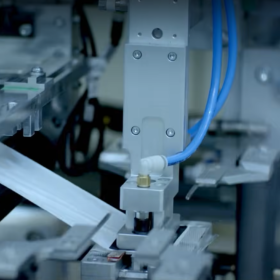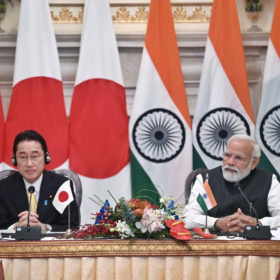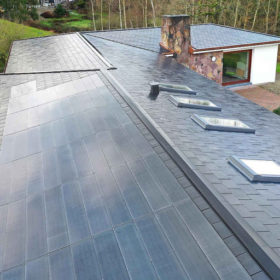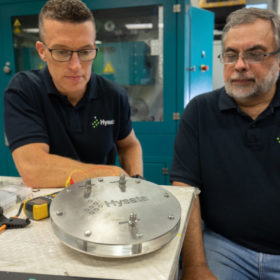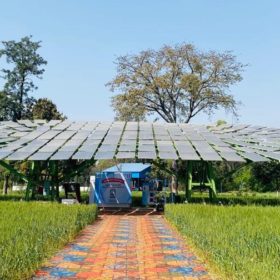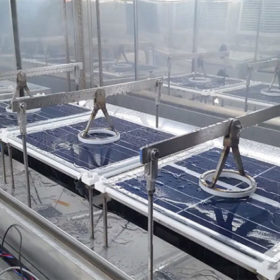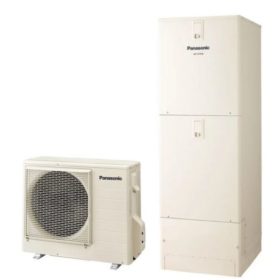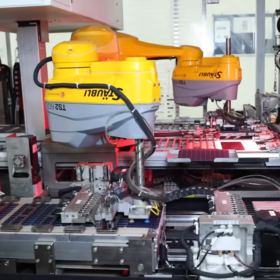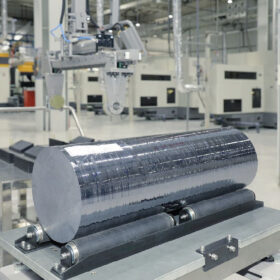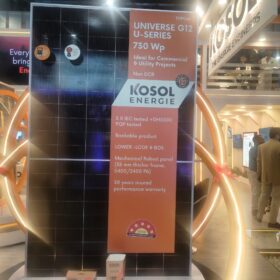Ola Electric invests in Israeli EV battery specialist StoreDot
The Indian electric mobility player, which plans gigawatt-scale battery cell manufacturing, has embraced Israel-based StoreDot’s extreme-fast battery technology that charges from 0 to 100% in just five minutes.
India and Japan to cooperate on solar power, clean hydrogen and electric vehicles
Under their clean energy partnership, both countries also agreed to cooperate in the disposal, recycling, and reclamation of valuable materials from batteries, solar panels, turbine blades, and electronics.
New solar tiles from Denmark
Danish BIPV specialist Dansk Solenergi has added two more tiles to its product range – an 18.15%-efficient dark grey panel and a 16.7%-efficient terracotta product. Both panels have an operating temperature coefficient of -0.34% per degree Celsius.
Australian electrolyzer invention enables green hydrogen under US$1.5/kg by ‘mid 2020s’
“We’re not talking about incremental improvement, this is a really giant leap,” Hysata CEO Paul Barrett told pv magazine Australia. Hysata is commercializing a breakthrough made at the University of Wollongong which effectively, Barrett says, invented a “brand new category of electrolyzer,” vastly improving efficiency.
The long read: The right time for TOPCon
The potential advantages of n-type technologies have long been known to solar manufacturers, and such applications have been the focus of much of their research and development activities. Recent developments see 2022 shaping up as the year when n-type goes into mass production, led by tunnel oxide passivated contact (TOPCon) cells. pv magazine takes a closer at this cell technology and its route to the mainstream.
World’s largest solar tree record smashed
With a PV panel surface area of 309.83m2 the construction has been officially certified by Guinness World Records as the biggest.
US consortium aiming for 50-year PV
The US Department of Energy’s durable materials consortium is a multi-laboratory unit that stress-tests solar modules for durability. It aims to extend the useful life of PV.
Panasonic launches solar heat pump solution for water heating
Panasonic has unveiled a new product in Japan with a PV-based charging function that uses a heat pump and hot water storage unit to save energy by maintaining bathwater temperatures at constant levels.
Reliance to acquire cobalt-free battery specialist Lithium Werks
The Indian multinational business conglomerate has signed the agreement to buy Netherlands-headquartered lithium iron phosphate (LFP) battery specialist Lithium Werks for US$ 61 million, including funding for future growth.
Paving the way for green hydrogen certification
The International Renewable Energy Agency has outlined a series of technical considerations for green hydrogen tracking systems. According to the document, a degree of flexibility should be taken into account in the short term to ensure that the nascent green hydrogen market can develop.
